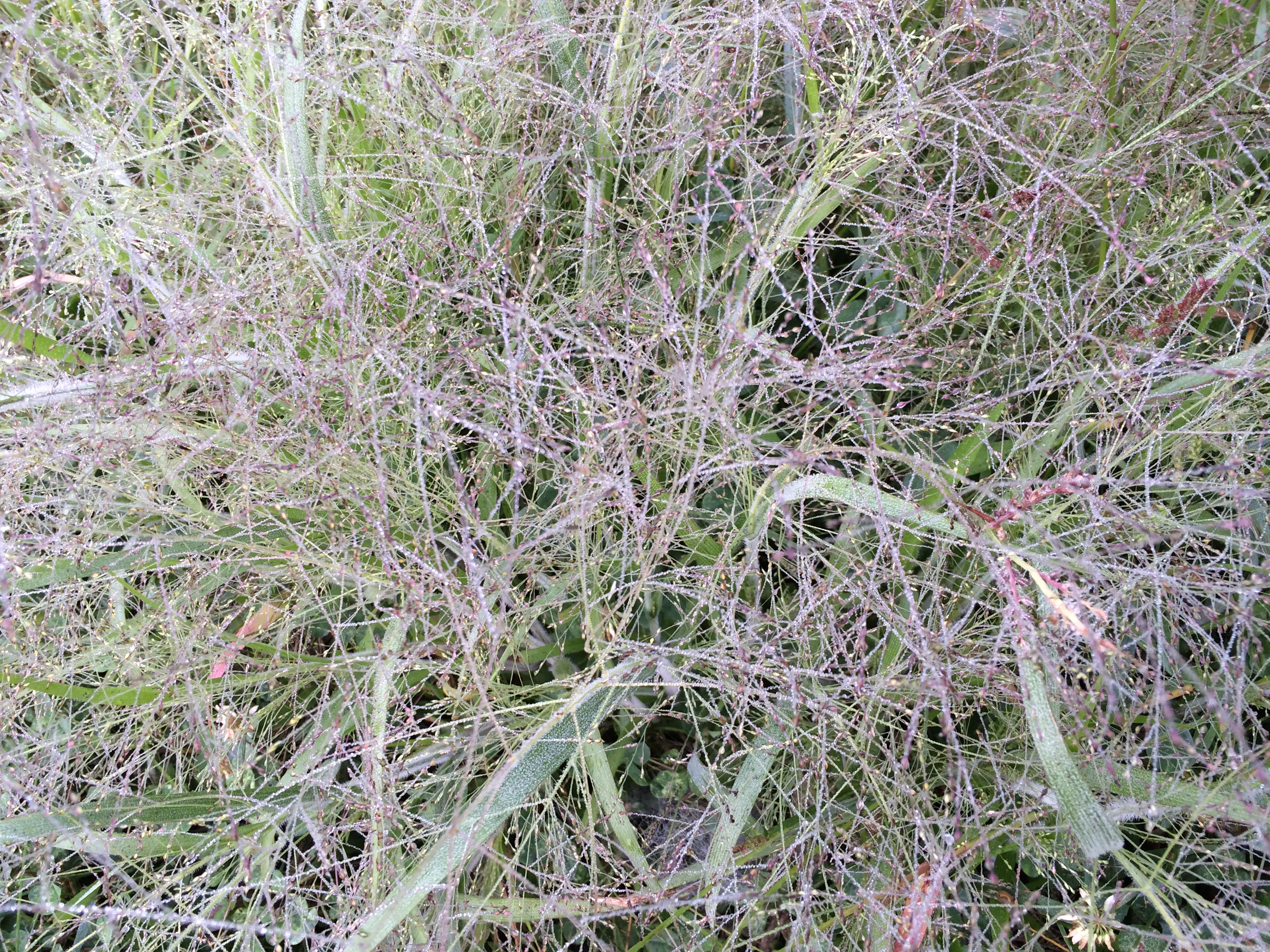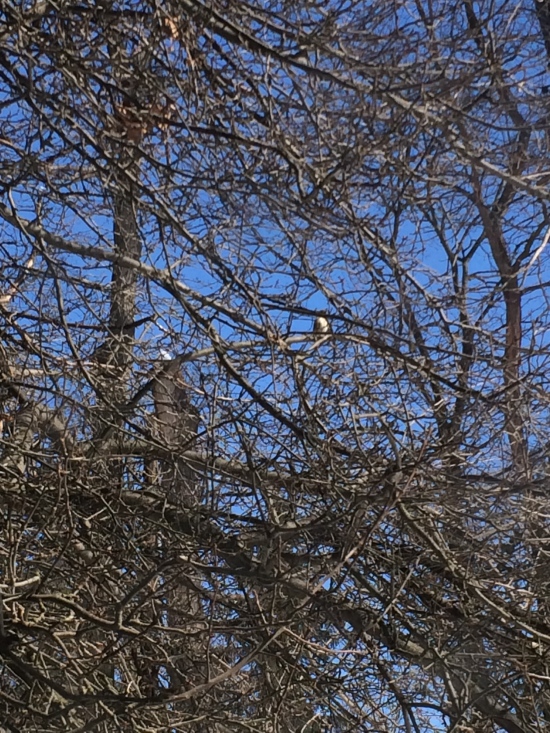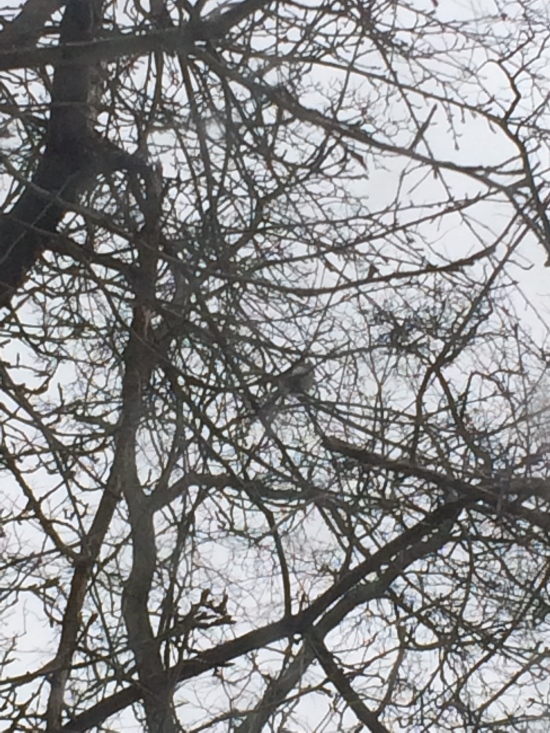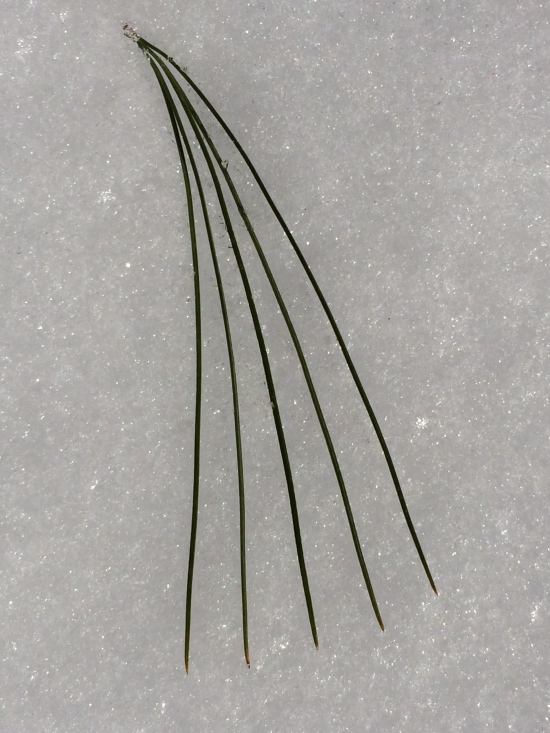
Stewart Park in Ithaca, NY, has become my stomping ground during the pandemic. I go in the early morning after picking up a decaf with a splash of milk. Only a handful of regulars are there so early—one or two walkers and runners, a tennis player with a bandana who plays by himself and pulls ball after ball out of his skimpy shorts pockets like a magician, a cluster of kayakers at the boathouse, and a few people who just sit in their cars and observe Cayuga Lake, which is 38 miles long, disappear into the north. A long view is good right now.

Another regular is a great blue heron (sex unknown). Like many, I have always been attracted to great blue herons—their statuesque silhouettes, the intense stare of their yellow-rimmed eyes, the elegant plumes, and the lengthy stillness of their poses, which implies a fixity of purpose—an assumption that is not far wrong. They combine ganglyness and grace, the Abraham Lincoln of birds. They appear permanently immovable but can break repose lightning fast to seize prey. I decided to dedicate my walks to the great blue heron, a daily fieldwork, rain or shine, a time to meditate on the habits of a nonhuman fellow creature–a pandemic practice in schooling myself in the ways of another life form.

I have been puzzling about how to refer to him or her without using “it” having recently listened to moss ecologist Robin Wall Kimmerer discuss animacy, on Krista Tippett’s program On Being. Animacy is defined as “a grammatical and semantic feature, existing in some languages, expressing how sentient or alive the referent of a noun is” . Kimmerer objects to the use of “it” to refer to any sentient life form, noting that “it” is best reserved for manmade objects like a chair or a table. In the language of her ancestors, the Potawatomi, “You hear a blue jay with a different verb than you hear an airplane,” she writes. In searching for a pronoun other than “it” for a nonhuman living being, she learned of the Potawatomi word “Aakibmaadiziiwin” for “a being of the earth,” perhaps too long for everyday use. Here I will use GBH as a useful abbreviation. After all, RBG is used routinely for the great Supreme Court justice Ruth Bader Ginzburg.

The adult plumage of males and females is indistinguishable. It is difficult for even seasoned GBH watchers to determine sex. Male great blue herons are described as bigger than females but that comparison doesn’t work well when viewing a solitary individual. One fairly reliable criterion is the length from the tip of the bill (culmen) to the bit of bare skin before feathers emerge on the forehead. This is called the culmen length. For males it is 129 to 146 mm, and for females it is 112 to 131 mm. The small overlap is considered negligible. When I learned that professional observers put a graticule or small scale in the eyepiece of a telescope to determine these lengths, I decided to give up my quest to know the gender of the individual I have been observing for four months or so.

Like RBG in her white lace collar against the black gown, the adult GBH presents a stunning figure, having a splendid suit of feathers. One can look up images of the flight feathers (coverts, rectrices [tail feathers], primaries, and secondaries) on an online Feather Atlas, and even observe development of the pin feathers. The final composition is extraordinary: overlapping layers of flight feathers in varying shades of slate gray-blue contrast with the delicate, white aigrette or plume feathers of the chest and the hints of reddish buff on the legs and chest. The outfit is accented with black “epaulets,” striking shoulder patches that add a touch of officialdom. The GBH proves the adage that “clothes make the man.”

To learn more and avoid making assumptions about great blue herons, I turned to The Great Blue Heron: A Natural History and Ecology of a Seashore Sentinel by Canadian naturalist Robert W. Butler. He conducted research on Sidney Island in the Strait of Georgia off the coast of Vancouver Island near Victoria from 1986 to 1992. Although he and fellow observers mostly slept on the beach, they were able to take refuge in a small cabin on the southeast shore of Sidney Lagoon during the winter cyclones, snowstorms, heavy rains, and earthquake that occurred during this period. He writes that “Just watching the goings on is an important component of fieldwork, and living so much of the time outdoors keeps one in touch with the birds and their surroundings.” The goal of understanding daily habits and behavior is more possible through immersion in their environment. He writes, “By alternating sessions of watching with sessions of rest from dawn to dusk over a two-day period I managed to assemble a complete set of data for a typical day.” Their nighttime activities are more difficult to follow. Herons have excellent eyesight capable of 360 degree vision with little movement and are able to hunt at night because of a high percentage of rod-type photoreceptors. (See Cornell’s webcam set up and the many clips from it available on youtube for how webcams have expanded our views of GBHs.)
My “fieldwork” is not conducted in wilderness, but I am fortunate that Stewart Park has its own “lagoon” and that GBHs have adapted so successfully to existence alongside humans. I have seen the GBH “calmly” hunting 30 yards or so from a dozen small children shouting and running around the park’s sprinkler fountain area. Butler also notes that fieldwork gave him time to “ponder the world’s problems.” Pondering, defined by Merriam-Webster, as “to think or consider especially quietly, soberly, and deeply” is a good word for the naturalist’s mindset when positioned outside in a state of observation aligned with natural rhythms. Balance seems more possible than when inside; fears become allayed in a natural setting, dissipating into the atmosphere.
GBHs spend a lot of time in shallow water near a shoreline. They perch on little snaggle-tooth logs with their feet out of the water. They just stand there, motionless and inscrutable, for many minutes, no doubt assessing potential prey activity with their yellow-irised eyes or they may suddenly twist themselves into a multitude of contortions as they preen. Their industry along these lines is exhaustive and time consuming. A chain of vertebrae extending well up their long necks allows them to extend their beaks like corkscrews into the inner recesses of their copious feathers. In addition, each four-toed foot has a “pectinated toenail” or “grooming claw” that is used to spread “powder down” on sticky patches in their flight feathers. The powder forms on their breasts from the breakdown of specially designed, delicate feathers. Apparently they also use the powder down to remove slimy oils from fish, a dining nicety worthy of this elegant creature.

If their intent is fishing, they finially stop preening, step off the perch and immerse their feet in the water, their bellies hovering just above water level to avoid inundation that would undo the work of preening. Standing motionless and still in the water, they look inanimate unless a breeze stirs the plumes. Prey in sight, they strike lightning fast and often come up with a fish, which they swallow whole if possible. After a successful swallow, they appear, to me, to take little sips of water. When wading to a different area, one foot slowly and deliberately sliding along under the water after the other, they trail ribbons of bubbles in their wake. They prefer to seize fish between their manibles, which have finely serrated edges, but some prey, like a sizeable bullfrog is more easily speared. The coiled neck can deliver a powerful strike.

Herons face a significant learning curve in the matter of catching their food, and they do not all achieve the same level of proficiency. They may bottom out at what biologists call a “low level of foraging competency” in fact. Butler writes that “handling slippery, wriggling fish takes a great deal of practice acquired over many months” and that larger fish need to be “subdued.” Some fish, like catfish, need to be de-spined. Catfish have spines on their pectoral and dorsal fins, which would damage the heron digestive system. A heron may take over 20 minutes repeatedly spearing a catfish until dead and then proceed to break the spines before swallowing it. One authority states that GBHs prefer to swallow their prey when dead and so will “play” with a victim to that end by tossing and spearing on a log or the shoreline. GBHs are omnivorous. They will eat anything—from turtles to dragonflies to snakes to small mammals. Butler reports in autumn and winter herons move to the old meadows of the Frazer River delta to hunt voles. How they reliably find voles, who have underground runways and move very fast, is a mystery.

One morning when I rounded the bend to the lagoon, I spotted a bicyclist paused a ways ahead, the headlights of her helmet flashing eerily. Her head was turned intently to the right towards the aquatic plants by the side of the lagoon. Though the heron rarely fished along that side, I figured he or she must be the source of the bicyclist’s attention. I made a wide arc so that I had a view back towards the front of the bicyclist and the edge of the lagoon that she was studying. There was the heron, struggling with a fish. He or she dropped it, picked it up, had it flopping around in its bill, dropped it again, picked it up, and so on. This went on for the next five minutes. As the bicyclist cycled past me, she said, “I’ve been watching for 10 minutes. I am in a rush. I have no more time. What’s going on? It can’t seem to swallow that fish.” She shook her head in a frustration and cycled off. The heron did swallow the fish. Observers of GBHs do need to learn patience.

Fairly often the skewered prey is simply too big, more of a Moby Dick than a minnow. One such story is told by Rick Marsi in his “The Great Outdoors” column, which often appears in The Ithaca Journal. The title of his column is “Sometimes blue herons can be surprising.” He describes how he watched a GBH at the Montezuma National Wildlife Refuge at the north end of Cayuga Lake catch a two-pound, 14-inch carp. The heron’s upper mandible pierces the carp’s head. The heron easily carries it to the shallows and delivers a few blows. Marsi describes the heron’s problem this way: “It has beached the whale but cannot consume it.” A second heron who had been watching the activity discreetly from a distance (GBHs hunt alone) arrives for a look, a confrontation, or possibly a takeover. However, consultation provides unity. The carp is too big. They fly off together. There is also an amazing story documented online about a great blue heron using a seagull feather as a fishing lure.
American essayist E. B. White, famous for Charlotte’s Web, wrote a profile in The New Yorker in 1966 about American ornithologist Edward Howe Forbush (1858-1929), author of a lengthy three-volume tome titled Birds of New England. White writes, “When I am out of joint, from bad weather or a poor run of thoughts, I like to sit and think about Forbush.” White admires Forbush’s fortitude: “I like to think of him … on that night when he visited a heronry among the sand dunes of Sandy Neck, Barnstable: ‘The windless air was stagnant and fetid; swarms of stinging midges, deerflies, and mosquitoes attacked at will; and vicious wood-ticks, hanging from the vegetation, reached for me with their clinging claws, and crawled upon my limbs, seeking an opening to bury their heads in my flesh.’ In such uncomfortable situations, birds being near, Mr. Forbush found the purest delight.” By this standard I have not been uncomfortable enough in my “fieldwork,” but I have been delighted.
In lieu of another one of my fuzzy cell-phone images, I would like to direct you to the website of a bird photographer I follow on Twitter, @peargrin. At her website you can find a gallery of outstanding great blue heron images. When I was thinking about this post, one of her photos came to my Twitter feed showing a GBH landing, wings outstretched, reddish buff thighs exposed, huge landing-gear feet spread wide (see second row, third image from the right). I sent a screen shot to one of my sons, and he said “What a bird!” I feel fortunate to see the GBH revealed in poses that I have never encountered and probably never will. Thank you, @peargrin.
When, like White, I am having “a poor run of thoughts,” I dip into The Redstart by John Buxton. It tells the story of how he and fellow British prisoners of war in a camp in Bavaria in WWII observed four pairs of redstarts from 1941 to 1943. He writes, “who but a prisoner could attempt to watch a pair of birds in all their waking hours throughout the breeding season?” Buxton had to organize a team because observations could only be made when outside. They logged in 850 hours on just one pair. For Buxton, “one of the chief joys of watching them in prison was that they inhabited another world than I.” Undoubtedly The Redstart inspired my GBH observation project. I try to always keep the book in sight.
As I was finishing this post, one of my sons encouraged me to watch a documentary called My Octopus Teacher. It is one of the most memorable natural history films I have ever seen. The fieldwork involved was an act of devotion like no other. The human star of the film, diver and photographer Craig Foster, says he learned to be “gentle” from his teacher. What did I learn from the Stewart Park GBH? I did try to realign myself with patience as other great blue heron observers have, but I also thought about the work of fieldwork, the power of observation. Buxton writes that “however much satisfaction there may be in tying up facts in neat parcels of theory, there is yet more in the mere observation.” The GBH was there every morning doing the work of living, and I did the same. The great blue heron taught me to just be there.

p.s. Other books that offer valuable information and images about the great blue heron include: Nature’s Way by Bud Simpson and The Great Blue Heron by Hayward Allen.

























































































